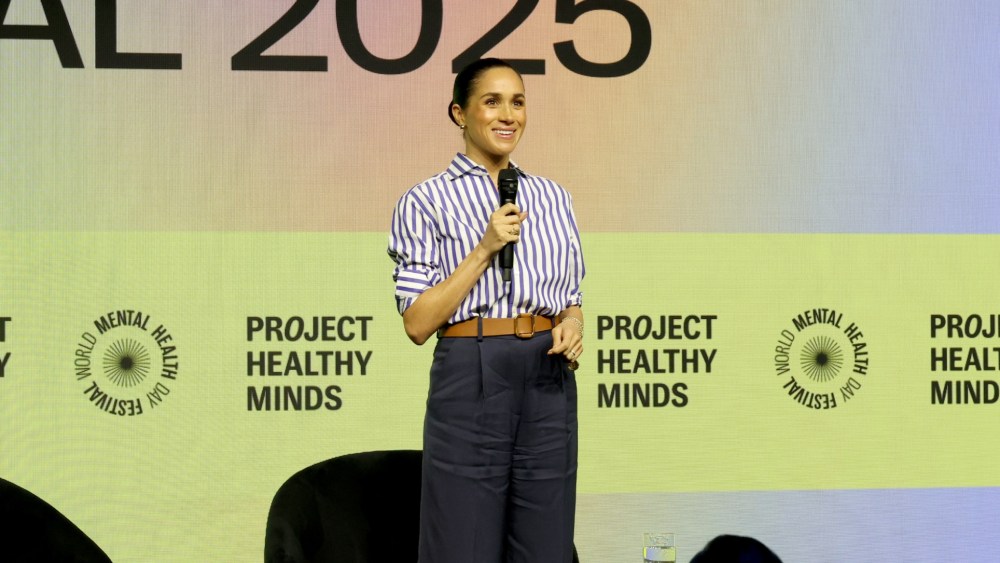
With the back-to-school shopping season already underway, Deloitte and PWC have released reports giving insights into this year’s consumer sentiment and how the major spending season is set to shape up.
Last year, parents pulled back on spending and kept the basics at the forefront. Meanwhile, this year is slated to see a steady but essential-focused bout of shopping despite the ongoing economic uncertainties caused by tariffs, inflation and the ongoing cost-of-living crisis crippling the U.S.
Deloitte published its 18th annual “Back-to-School Retail Survey,” which found that parents remain confident in their shopper savviness to procure the best deals on clothing and apparel for their children. The survey polled more than 1,200 parents who have at least one child attending grades kindergarten to 12th grade this fall.
Overall, 83 percent of parents said that their households are in similar or worse financial situation than last year and more than half of those surveyed anticipate the economy to continue to wither within the next six months.
Notably, Deloitte’s report data found that the expected spending per child is $570. This is flat year-over-year, as parents are set to focus on the essentials. The author’s report noted that appealing to a value-seeking consumer is the best way to capture what is expected to be $30.9 billion in bts sales this year. Despite the higher prices across all categories, this year’s spending is set to be 7 percent below 2021.
Meanwhile, a recently published PWC report looking at 2025’s back-to-school spending, which surveyed nearly 1,200 parents, found that three in four said they expect to spend the same or more for the start of the upcoming school year. The report’s authors said this is a major indicator that, despite inflation, demand for shopping is still there.
Four in 10 parents surveyed in Deloitte’s report are showcasing value-seeking consumer behavior. Parents are looking to make more “cost-conscious choices,” “deal-driven purchases,” and sacrifice on convenience. Twenty-six percent of parents said they are buying back-to-school items using cashback websites. Mass merchants (83 percent) and online retailers (68 percent) are the top retail destinations for consumers to seek out their value purchases.
According to PWC, the top ways parents are looking to save are prioritizing buying items on sale (37 percent), shopping early (37 percent), reusing items from previous years (34 percent) and spending less but buying similar items (32 percent).
Moreover, parents are looking to focus their spending around July for promotional events, trade out for affordable brands and retailers and spread out their expenses over time. Seventy-one percent of parents from Deloitte’s study said they are willing to wait for delivery timings if they can receive cheaper or no shipping costs.
Survey respondents said that they foresee a 6 percent increase in spending on clothing and accessories this year — with 57 percent of parents reporting they can be swayed to splurge on their child’s first-day outfit. But spending on tech, school supplies, home and health is expected to decline.
While PWC’s survey found that one in four parents are spending more than $500 on technology, in line with Deloitte’s survey, 42 percent of parents said they’d be spending less than $50.
For retailers and brands, the main takeaway remains that consumers continue to be cautious spenders focused on promotions — with Prime Day sales being a major opportunity for holiday gift procurement. Overall, 61 percent of planned back-to-school spending is set to occur by the end of July. Forty-six percent of parents surveyed by Deloitte said they plan to shop during the current Prime Day sales.
Interestingly, and possibly as a result of the day-to-day changes to tariffs, 48 percent of parents expressed a renewed interest in American-made products.
But a potential bright spot is that nine in 10 parents surveyed by Deloitte said their child has a must-have back-to-school item on their list, with 62 percent noting their children influencing them to spend more.
#BacktoSchool #Spending #Focuses #Essentials #Economic #Uncertainty






